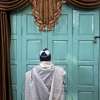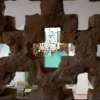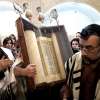The Jews have lived in Iran since 3,000 years ago. In addition to other cities in Iran, Yazd is one of the hubs of religious minorities of the country. However, the majority of people in Yazd are Muslims, minorities such as Zoroastrians, Jews, and Armenians also live in this ancient city. Therefore, Yazd houses various temples for different religions. One of these temples is a Jewish temple named Molla Agha Baba Synagogue.

Where Is Molla Agha Baba Synagogue?
The synagogue is located in the Old City of Yazd near the Jameh Mosque. This Jewish temple dates back to Qajar era. Molla Agha Baba Synagogue was registered in the list of Iran National Monuments on March 15, 2001, under the registration number 3616. The synagogue is now supervised by the Cultural Heritage Organization of Yazd.
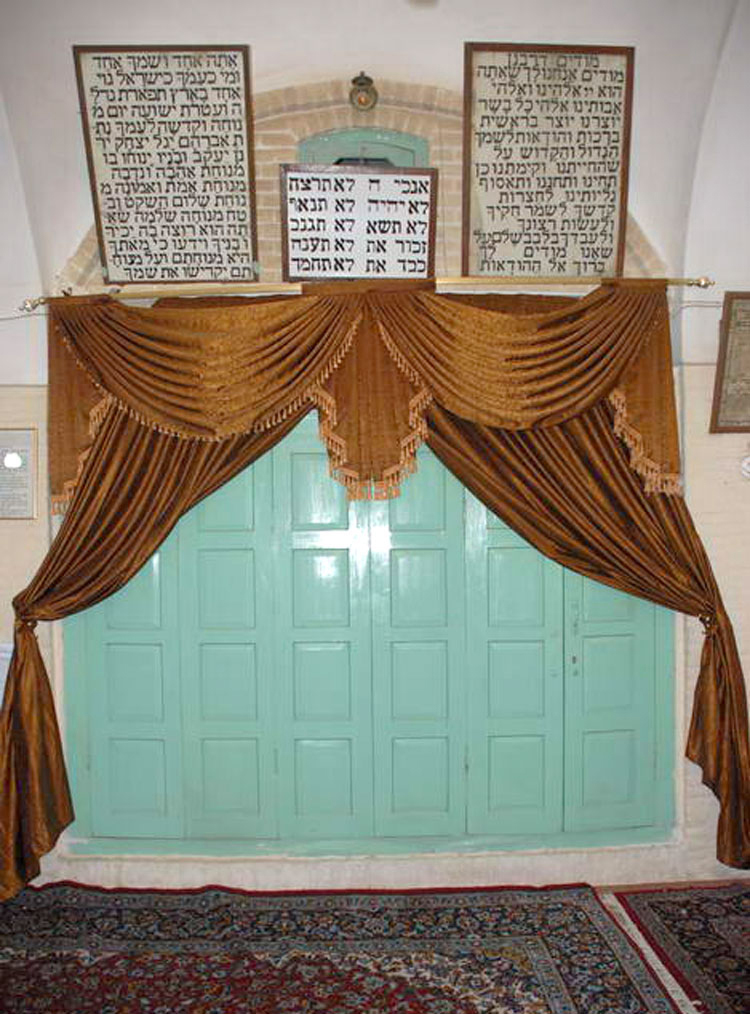
Who Was Molla Agha Baba?
Molla Agha Baba, the great rabbi of Judaism, was the grandson of Rabbi Ur Sherga who lived during the reign of Fath-Ali Shah Qajar. It was said that Rabbi Sherga is the one hundred and thirty-fifth offspring of Prophet David. According to the Sherga family history, when antisemitism spread in Europe during the Renaissance, Jews unwillingly left their hometown to save their lives and their families. Hence, Sherga’s grandfather named Rabbi Kias (Qiyas) migrated to Iran and settled in Sabzevar. Over time, with the rise of the Safavid dynasty and the enactment of legislation against the Jews, the ancestors of Ur Sherga together with some Jews living in northeastern Iran migrated to the desert areas of the country and settled in Yazd.
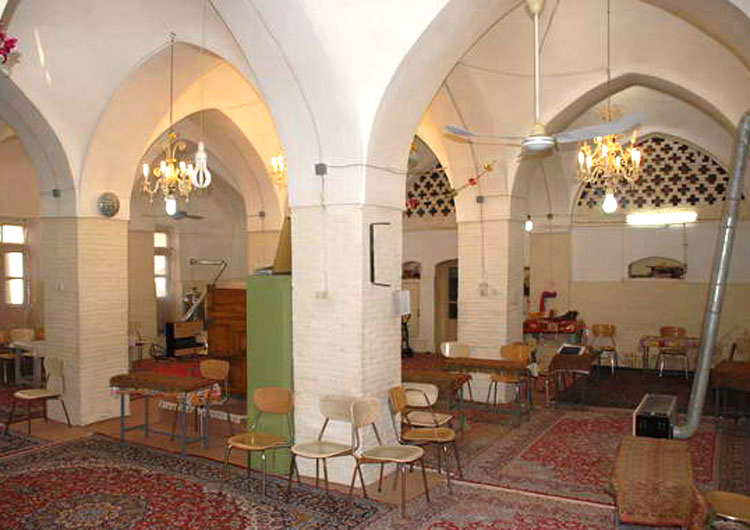
Rabbi Shmuel (the son of Rabbi Kias) had a son in Yazd and named him Ur. In Hebrew, the word Ur means light and brightness and the word sherga means light. The full name Ur Sherga refers to the eternal light of the Holy Torah.

At the age of twelve, Ur Sherga became a Rabbi and as a young man he could take charge of the Jewish community of Yazd. At that time, Yazd was regarded as one of the religious centers and the birthplace of Jewish leaders in Iran and it was known as the Small Jerusalem. It should also be noted that during that period, a great change took place in the life of the Jews in Yazd.
Rabbi Ur Sherga married his wife, Maleka, and they had two sons named Shmuel and Moshe. Like their father, Ur Sherga’s sons passed the high ranks of the Jewish clergy and reached the rank of Harav.
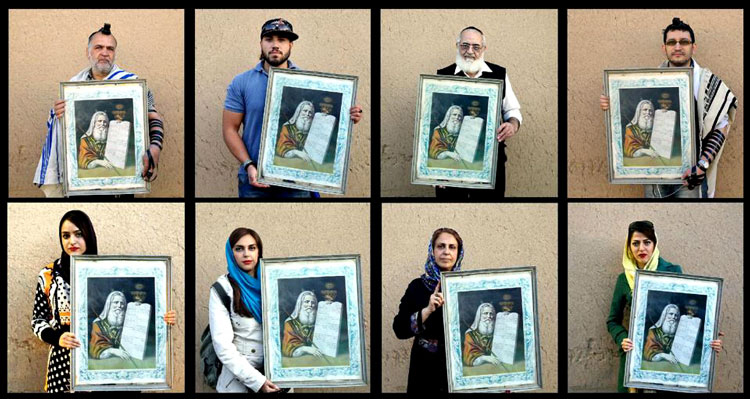
In general, Molla Agha Baba's ancestors and family members can be named as follows, respectively: Molla Kias (Qiyas), Molla Shmuel, Molla Ur Sherga, Molla Shmuel, Molla Moshe (Molla Aqa Baba), Molla Ur, and Rabbi Yusuf Ur Sherga (Molla Yusef Yazdi).
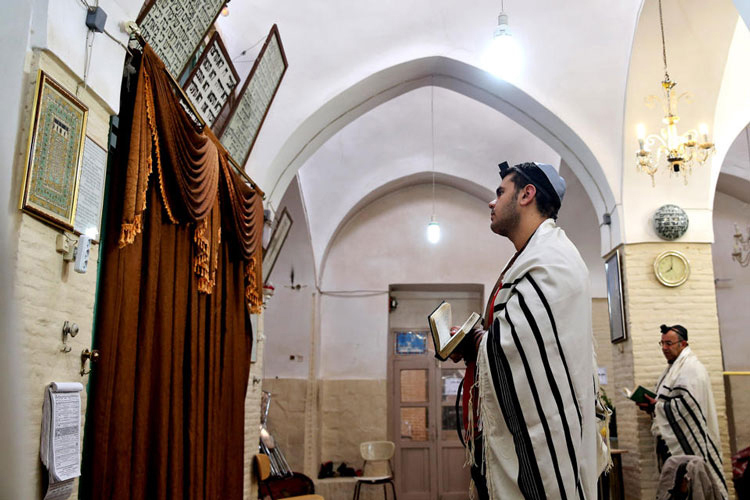
Today, the tomb of Molla Ur Sherga and his two sons, Rabbi Shmuel and Rabbi Moshe, are located in a large lush garden full of pine and olive trees which todays is considered a Jewish cemetery in Yazd which is known as Harvar Ur Sherga Shrine. The shrine enjoys a beautiful design and architecture. The building is mostly in traditional cream and brown colors. The tombs and the shrine are highly respected among Persian Jews and every year, especially on the anniversary of the death of this Jewish scholar, many Jews come from around the world to Yazd in order to visit his shrine. Of course, due to the lack of space inside the shrine, the visitors should enter and visit in order.

About Molla Agha Baba Synagogue
In general, the synagogue is a place where Jews pray or hold religious rituals. Molla Agha Baba Synagogue, as a religious and historical attraction, has a variety of attractive features, some of which include:
- This synagogue includes a courtyard called Tabestan Khaneh (summer house) and a roofed space called Zemestan Khaneh (winter house);
- The four sides of the courtyard are built symmetrically and each side of which includes three parts (porches and halls) which are roofed by simple barrel vaults;
- In the shabestan (roofed space) of this synagogue, there are nine arches. The columns and walls are covered with bricks up to a height of one meter and the outer walls, that overlook the alley, are made of thatch;
- The traditional architecture and the wonderful plaster-designed ceilings of this synagogue catch the eyes of every viewer;
- Molla Agha Baba Synagogue has two entrances: one opens to the alley in the southern side and the other one opens to the alley in the western side;
- The eastern side of the shabestan consists of a brick section that divides the interior space into a half-floor section which was probably used by women;
- A Sefer Torah is kept in this synagogue. The word Sefer is a Hebrew word meaning a large book and refers to the five Books of the Hebrew Bible. In fact, Sefer is a manuscript version of the Torah that is used by the Jews during their prayers. As their prayer begins, a spiritual and mystical state prevails in this synagogue;
- In the shabestan, there is a picture attributed to Moses. In this picture, Prophet Moses holds a scroll containing the Ten Commandments;
- In Molla Agha Baba synagogue, there is a special room for lighting candles where the worshipers light a candle and pray.
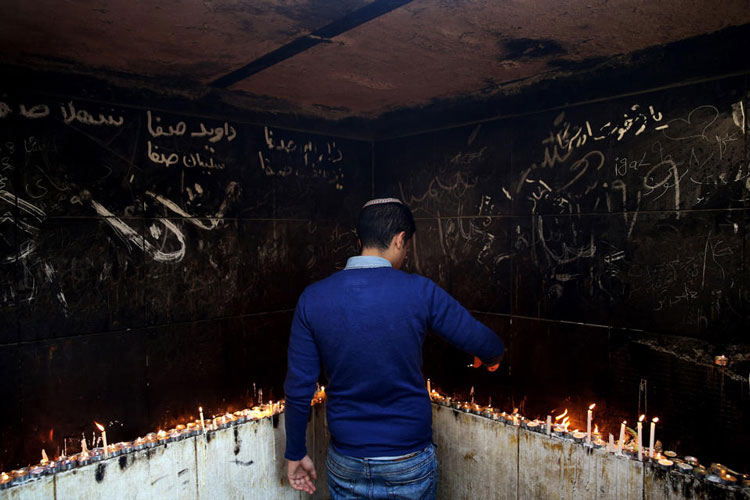
Online Support










